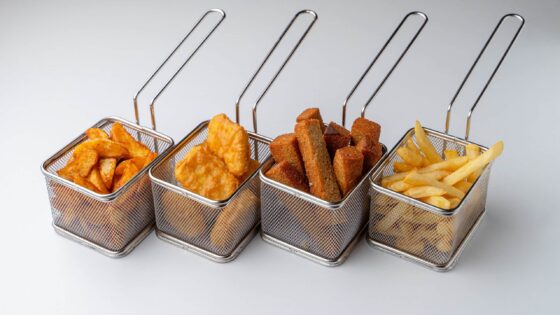
There is a lot of talk these days about good fats vs. bad fats. What are they? What do they do? How can you tell the difference? In this article, we will explore the world of fats and help to clear up some of the confusion surrounding them. We will discuss the benefits of both , and provide tips on how to include more healthy fats in your diet.
Good Fats
Fats often get a bad rap, but there are some fats that are good for you! Good fats, also known as unsaturated fats, include monounsaturated fat and polyunsaturated fat. These types of fat can help to lower cholesterol levels and reduce inflammation in the body. Additionally, they provide energy and increase absorption of essential vitamins such as A, D, E, and K. Great sources of these beneficial fats include olive oil, avocados, fatty fish (such as salmon), nuts and seeds. It is important to remember that all fats should still be enjoyed in moderation. Including these healthy sources of unsaturated fats in an overall balanced diet can help to maintain your health and well-being.
Bad Fats
Bad fats are types of fatty acids that should be consumed in moderation or avoided altogether. Trans fats and saturated fats are considered bad fats and if eaten too often can lead to a variety of health problems including heart disease, stroke, type 2 diabetes, and even certain types of cancer. Trans fats are usually found in processed foods such as fried foods, cakes, margarine, and anything that has been hydrogenated, while saturated fat is mostly found in food that come from animals such as red meats, butter, cheese, and lard. In order to maintain optimal health it is important to limit your intake of bad fats by avoiding processed or deep-fried foods whenever possible, replacing them with healthier cooking methods such as baking or grilling.
Cooking at Home
To ensure you are getting the right types of fat in your diet, focus on eating more plant-based foods as these generally contain beneficial unsaturated fats. Avoid processed, fried, and fast foods as much as possible since they can be high in bad fats. When cooking at home, opt for healthier oils like extra virgin olive oil or coconut oil instead of butter or margarine containing PHVO. Lastly, consider including a fish source such as salmon or sardines a few times a week to get an added boost of omega-3 fatty acids into your diet.
By understanding the difference between good and bad fats and learning how to incorporate more healthy sources of fat into your meals, you can create a balanced diet that will keep you feeling energized and nourished.
The takeaway? Eating a variety of nutrient-rich foods with the right kind of fats is key for optimal health. For more health related articles, visit www.FamilyFirstUrgentCareConroe.com.
- Cultural Competency in Urgent Care: Providing Inclusive Patient Care - April 11, 2025
- Urgent Care for the Elderly: Specialized Services for Senior Patients - March 24, 2025
- Urgent Care for Mental Health: Addressing Immediate Needs - February 17, 2025



